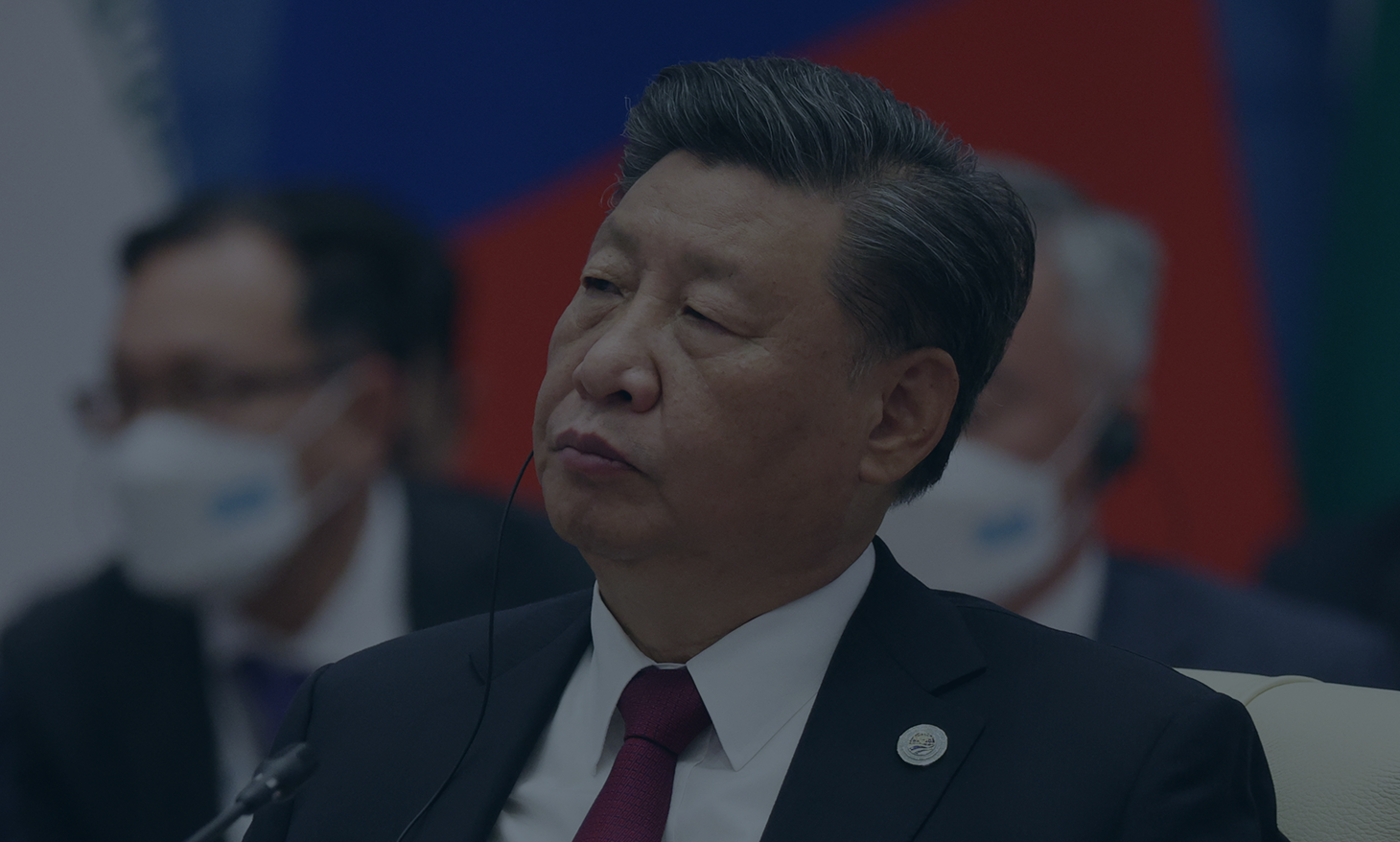Brazil is on the brink of its most important election in recent history. On October 2, Brazilian voters went to the polls for the first round of the general election. In an outcome that shocked some, incumbent President Jair Bolsonaro and former President Luiz Inácio Lula da Silva advanced to the second round with 43 and 48 percent of the vote, respectively. Many thought that Lula would win in the first round but the results put the two against each other for a run-off vote on October 30.
DOWNLOAD
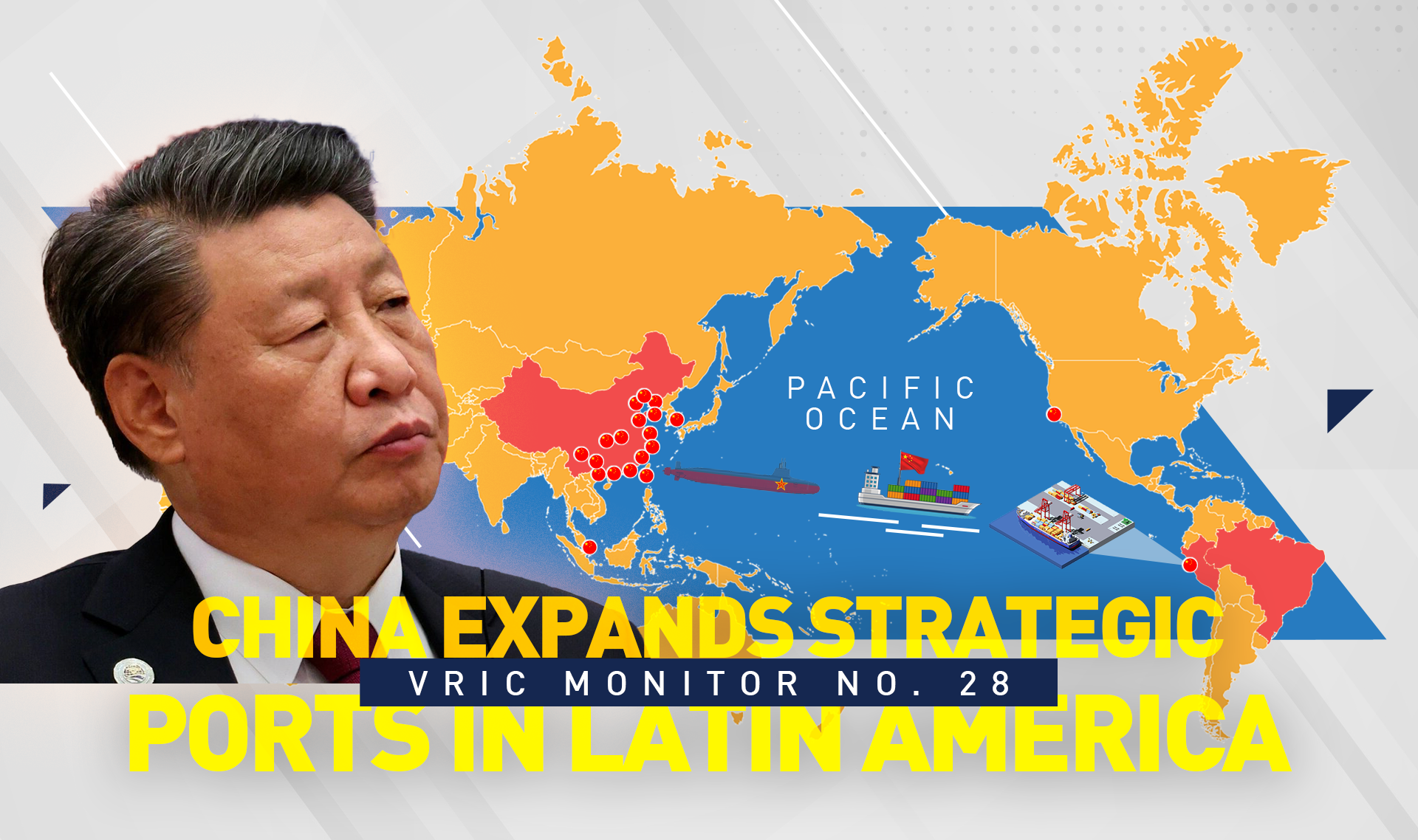
Brazil’s elections have important ramifications for the world. President Bolsonaro has been pushed closer to Russia and Iran in recent months; however, a Lula victory would openly embrace the VRIC and its malign regional allies, namely Venezuela and Bolivia. If Bolsonaro is reelected, the prognosis is more nuanced. In a recent episode of the Border Wars Podcast, SFS Senior Fellow Leonardo Coutinho and the former Foreign Minister Ernesto Araújo stated that a second term for President Bolsonaro would likely not seek out a closer relationship with China, but could be steered into one. And a potential Lula presidency would significantly deepen Brazil and China’s relationship. Making international observers nervous about the outcome of Brazil’s election.
This comes as American policymakers are increasingly concerned about China’s influence in Latin America. In an unclassified report to the U.S. Congress, sent in early July, the State Department noted that China’s acquisition of technologies, facilities, and infrastructure in Latin America has military purposes. Shortly after, while speaking at the Aspen Security Conference, the head of U.S. Southern Command, Gen. Laura Richardson, described how Chinese state-owned companies on both sides of the Panama Canal “could be turned quickly toward military capabilities.” Many of these Chinese state-owned companies have ties to the People’s Liberation Army (PLA) and are involved in around 40 port infrastructure projects, from Mexico down to Peru, that combined with eleven satellite ground stations in Latin America, provide China with strategic positioning in the Western Hemisphere.
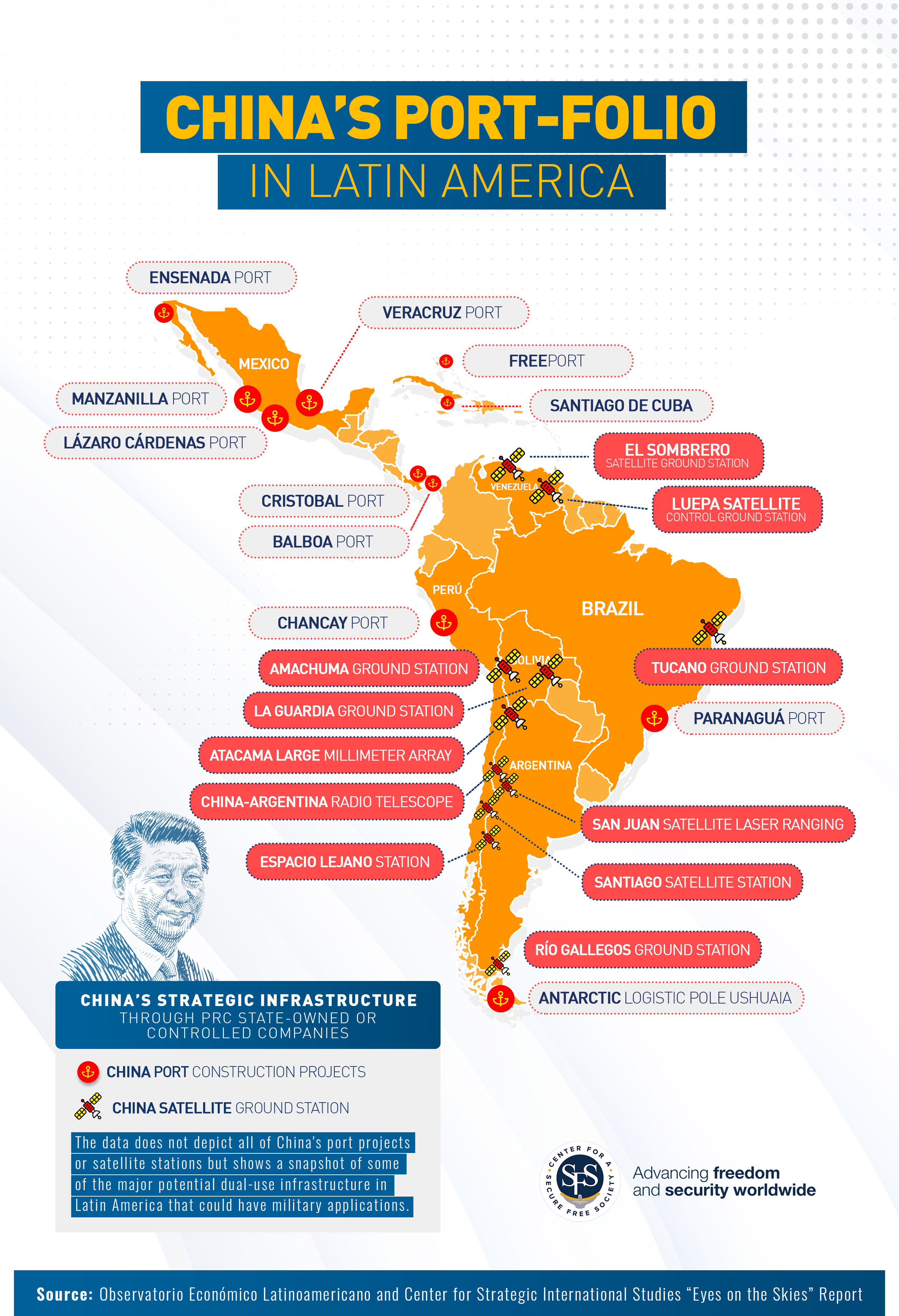
Russia complements, rather than competes with China’s strategic positioning by expanding its GLONASS satellite navigation system throughout Latin America. Already with four stations in Brazil, one in Nicaragua, and another being built in Venezuela, it is reported that Russia is negotiating to install additional satellite systems in Ecuador, Cuba, and Mexico, as recently announced by President Andrés Manuel López Obrador.
Within this context, Secretary of State Anthony Blinken took a three-country tour of South America in October, to Colombia, Chile, and Peru in an effort to shore up support to countries whose democracies are being challenged. The question remains; however, is promoting democracy enough in a region that sees the rise of a new populist, authoritarian wave?
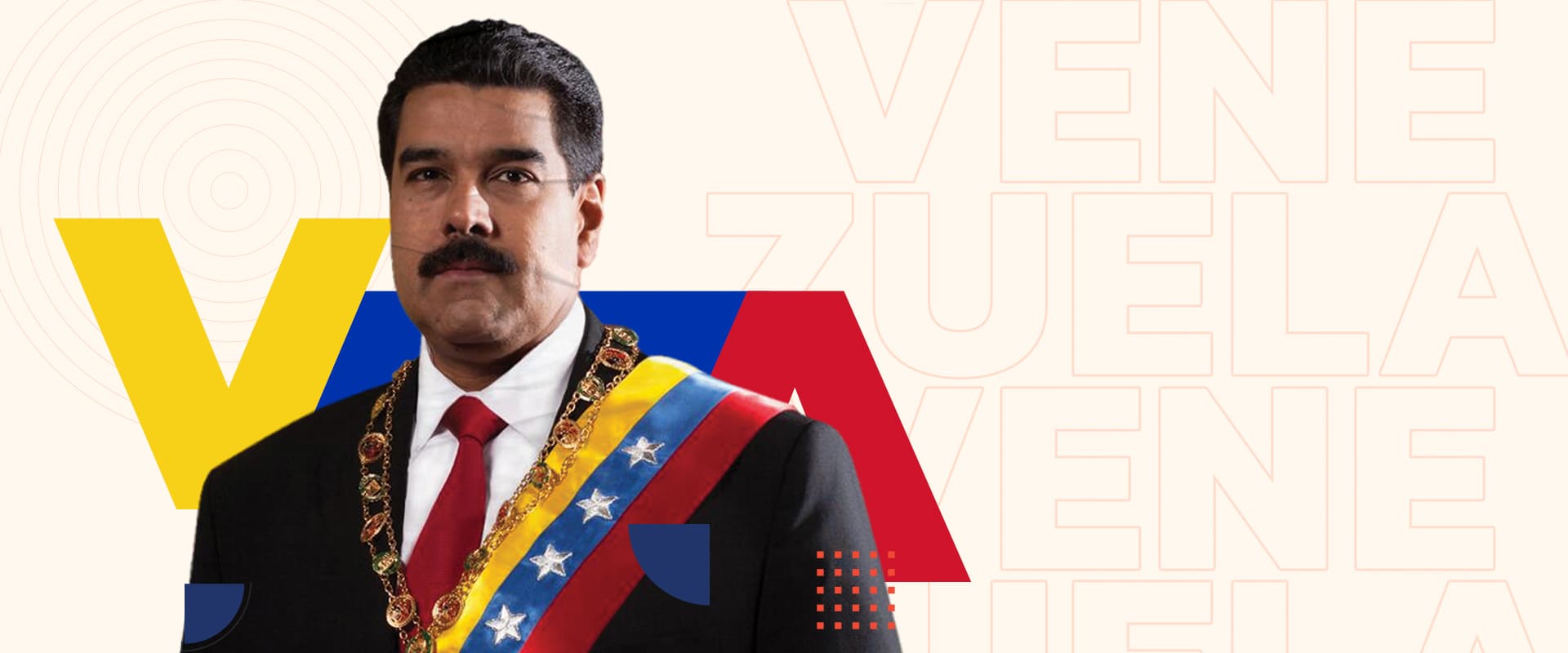
Venezuelan migration to the U.S. southern border has exploded this year. Customs and Border Patrol reported the number of encounters has increased more than 3,000 percent from 2020 to 2022 with more than 25,000 encounters in August alone. A classified report by the Department of Homeland Security, prompted concern by U.S. representatives that the Maduro regime is encouraging violent criminals from Venezuela to embed within migrant caravans marching to the U.S. border. With increased numbers of migrants, border states are now directing bus loads of migrants north, most recently to Chicago, Washington D.C. and Martha’s Vineyard in Massachusetts.
This prompted some political backlash from the Venezuelan community in the U.S. that intensified on October 12, when the Biden administration announced a new policy that would enforce large-scale border deportations of Venezuelan migrants to Mexico. The policy also introduced a new parole program to provide a legal pathway for up to 24,000 Venezuelan nationals to fly to the U.S.
While the Biden administration attempts to mitigate the surge in Venezuelan migrants, Nicolás Maduro touts Venezuela’s economy. A ceremony propagating the reopening of the Colombia-Venezuela border, held on September 26, tries to add to that narrative. Full diplomatic relations have resumed and Colombia’s President Gustavo Petro ceded control to the Maduro regime of the Monómeros fertilizer company. But not all can be propagandized. An attempt to restart direct flights between Colombia and Venezuela failed due to existing sanctions on Venezuela’s state-owned airline, Conviasa.
U.S. Secretary of State Anthony Blinken recently visited Colombia, Chile, and Peru, to re-engage some of the region’s struggling democracies. Blinken’s trip; however, was overtaken by the news of an alarming prisoner swap on October 1 when the Biden administration released Maduro wife’s nephews, serving out an 18-year prison sentence for transporting 800 kilos of cocaine, in exchange for seven Americans, to include former U.S. Marine Matthew Heath who was imprisoned in Venezuela on dubious charges. This precedent incentivizes members of the Bolivarian Threat Network to consider arresting more Americans on false charges to use as political capital for concessions from the United States.
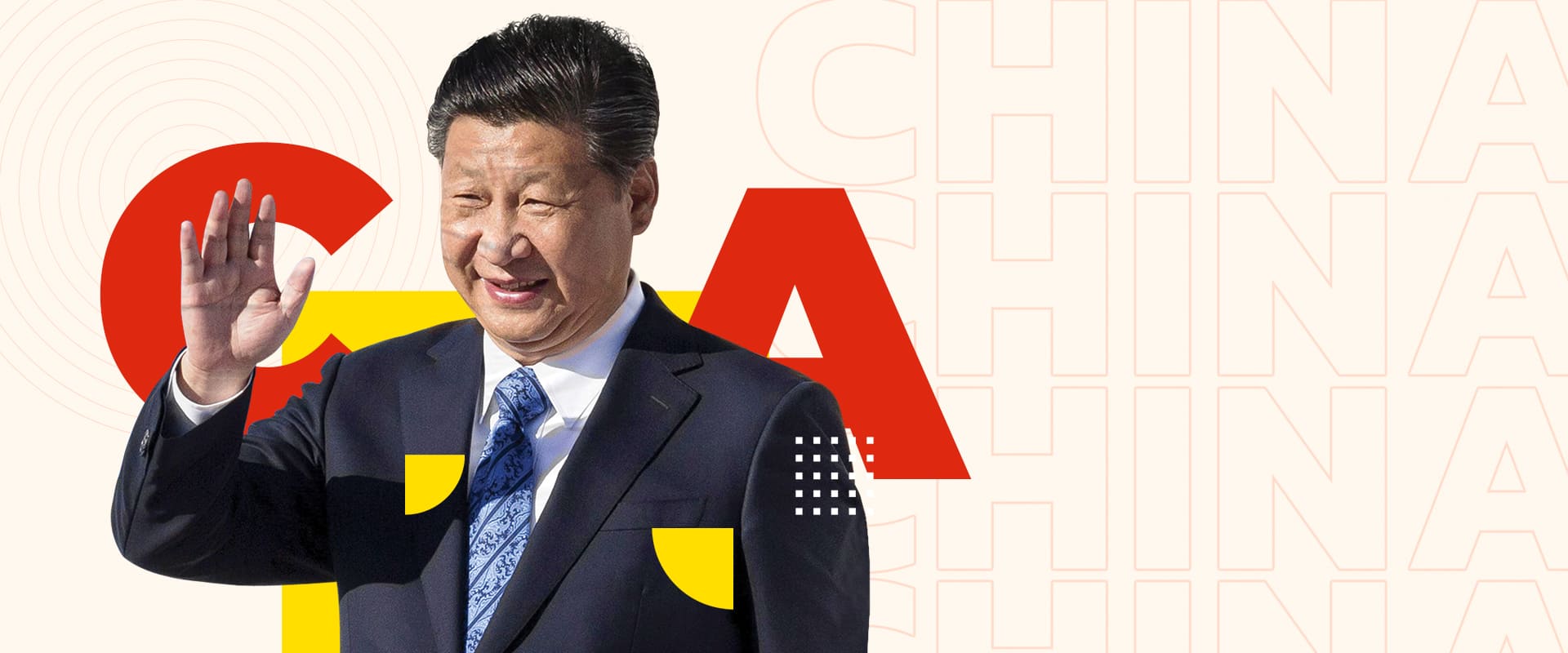
American military leaders have raised alarm about a surge in Chinese-owned or controlled ports in Latin America and the Caribbean. According to U.S. Southern Command, Chinese companies are constructing at least 40 ports on both sides of the Panama Canal in Mexico, Panama, Paraguay, Peru, Chile, Argentina, Brazil, Cuba, and the Bahamas. One mega project, the Chancay Port Terminal, 67 miles outside of Lima, is in its second year of construction and claims to be the largest and most strategic port for China in South America. Led by China Ocean Shipping Company (COSCO), connected to the Communist Party of China, this project alone is a four billion dollar investment and has been dubbed, “China’s gateway to Latin America.”
The concern that China could begin to use strategic ports to host Chinese warships comes as Uruguay’s General Assembly approved the implementation of joint defense efforts with China to increase collaboration between their respective Defense Ministries, cooperating in the areas of research and acquisition of defense goods and services and promoting combined military exercises and training.
Equally concerning is China’s growing use of satellite ground stations in Latin America. President Xi Jinping has called on the country to become a space power, with a government paper highlighting how the space industry serves its “national strategy.” A recent report by CSIS details the eleven satellite ground stations in Argentina, Chile, Bolivia, Brazil, and Venezuela that are owned or controlled by China, many with connections to the People’s Liberation Army (PLA).
Strategic ports, piers, and satellite ground stations are just a piece of the puzzle. Economic overtures continue to be China’s primary outreach to Latin America. In September, Ecuador reached a deal to restructure its debt to China, opening up millions of barrels of Ecuadorian crude to the Asian giant in a spot sale. This follows an audit by Ecuador’s Congress earlier this year that concluded the Andean country lost up to $5 billion due to Petrochina, an arm of China National Petroleum Corporation, undervaluing the price of oil during the tenure of Rafael Correa.
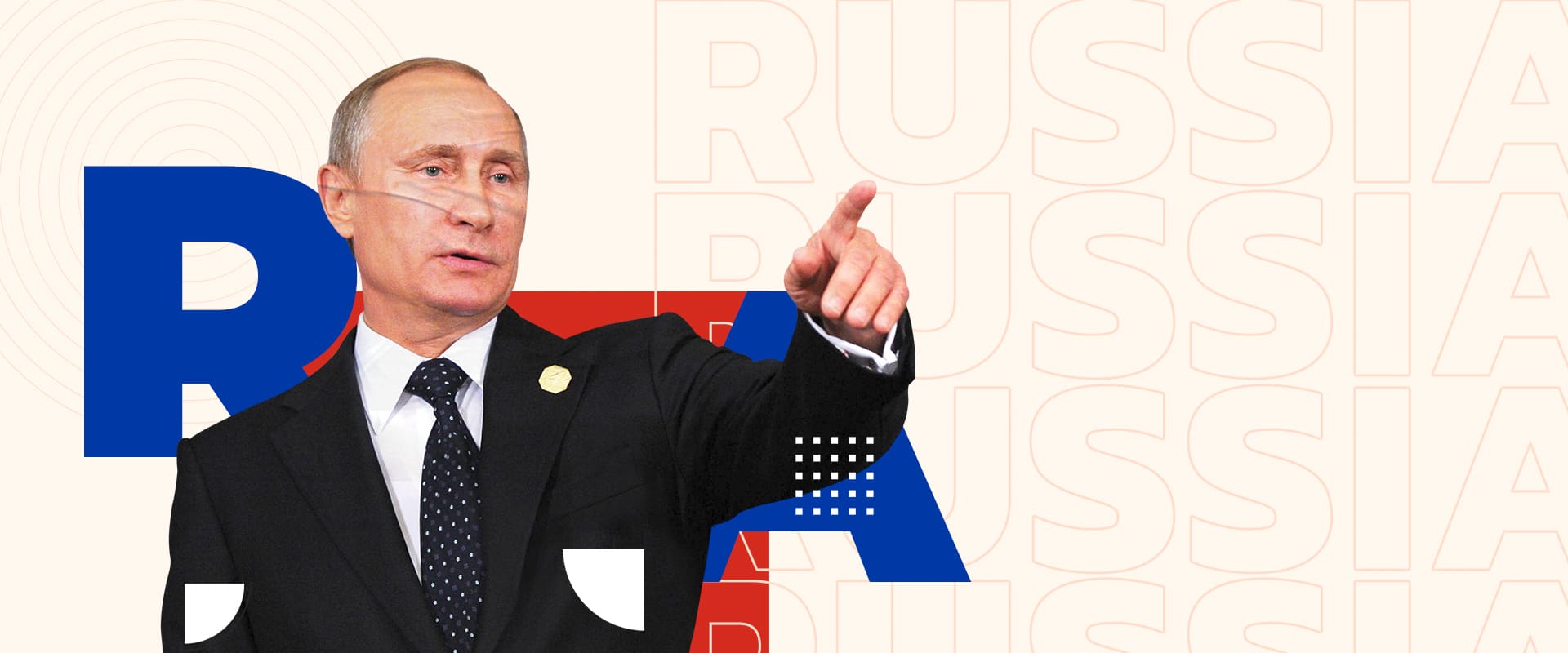
The Ukraine War continues to rage on with Russia re-launching another military assault on Kyiv and other cities on October 11. While the West scrambles to bridge the North-South divide aggravated by the war, Ukraine has appointed a special envoy for Latin America, Amb. Ruslan Spirin, who is charged with combating disinformation from Russian state-owned media in Spanish and Portuguese.
Russian disinformation in Latin America was on full-blast during the International Army Games in August, especially in Venezuela. Social media was flooded with videos and posts of Venezuelan, Russian, Iranian, Chinese, Cuban, Bolivian, Nicaraguan, and other soldiers, training side by side in Ft. Terepaima in the Lara State of Venezuela. Meanwhile, the Sputnik radio network and a Nicaraguan state media conglomerate inked a deal making Russian content available to more than 20 Nicaraguan state channels, broadcasting to 6.6 million people throughout the country. This could catapult Nicaragua to Venezuela’s status, which according to media watchdog, NewsGuard, has become Russia’s best conduit for disinformation in Latin America.
In September, Nicaragua took part in another major multinational military exercise, the Vostok 2022 in Russia’s far east and the Sea of Japan, to showcase the blossoming joint capabilities of Moscow and Beijing, with the People’s Republic of China, for the first time, sending troops to the exercise from all three branches of its military.
Venezuela is also expanding cooperation with Russia in all areas, including in the energy and pharmaceutical sectors. Vladimir Putin exalted Caracas as its “strategic partner and reliable ally in Latin America” before announcing that a GLONASS satellite navigation system is being built in Venezuela. A similar satellite base in Nicaragua has raised suspicions, and President Andrés Manuel López Obrador confirmed that Russia will install a GLONASS satellite system in Mexico, for “peaceful purposes.”
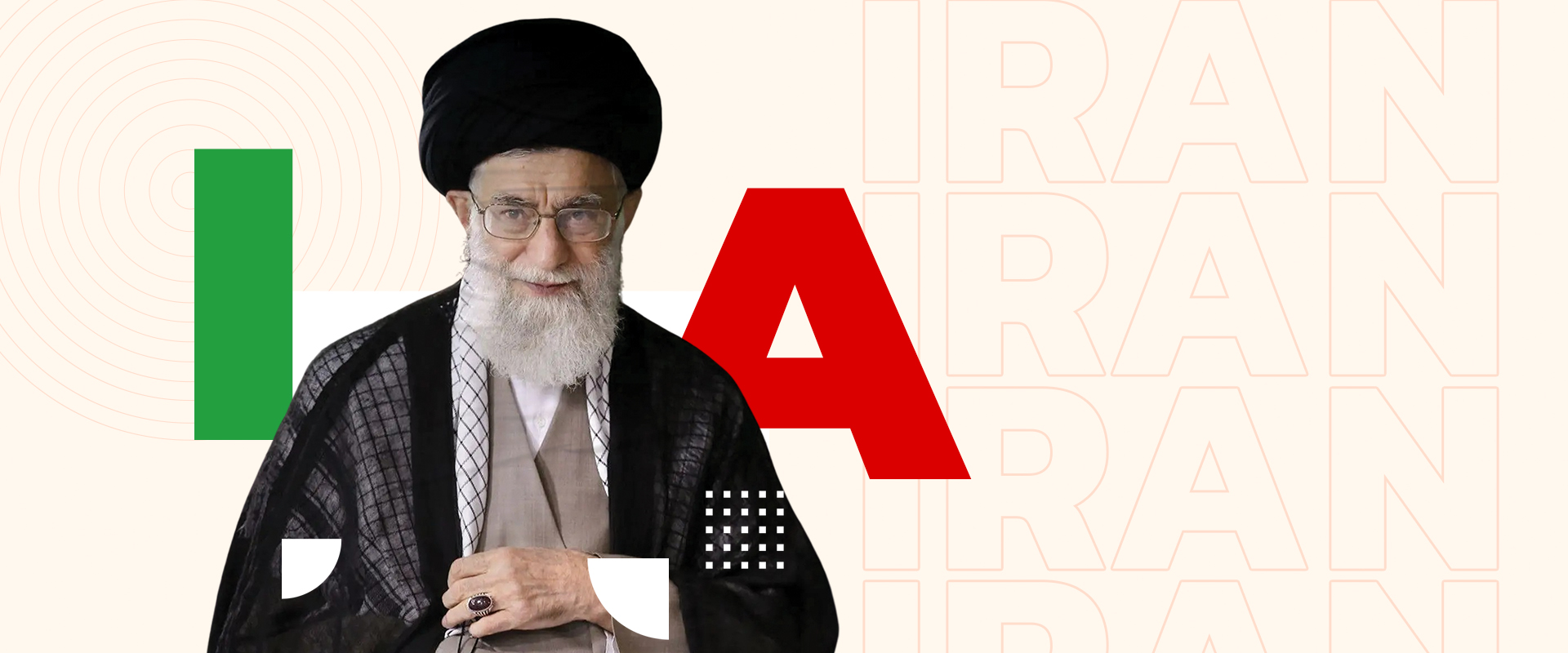
Protests erupted in Iran on September 17, triggered by the death of 22-year-old Mahsa Amini, who died after being arrested by “morality police” for not wearing a hijab according to regime standards. While many believe the protests could lead to the end of the Islamic Republic, across the Atlantic things are business as usual.
On October 14, an Argentine court granted permission for the final five crew members of the Venezuelan cargo plane Emtrasur YV3531 to leave the country. Four days later, the Iranian crew members met with Venezuelan Ambassador Stella Marina Lugo de Montilla at the Hotel Canning in Buenos Aires prior to taking off at 3:25AM on Tuesday, October 18 to Santa Cruz de la Sierra vía flight Boliviana de Aviación (BoA) 701. At least two of the Iranian crew members detained have confirmed ties to the IRGC and were found to have threatening messages and photos of weapons on their cell phones. With the ruling in Argentina, the cargo and crew have effectively been released but the actual plane, a Boeing 747-300(M), remains seized in Buenos Aires for violating U.S. sanctions and export controls. Meaning that the Maduro regime will likely continue to exert pressure on the Alberto Fernández government in Argentina to release the cargo plane.
As the cargo plane saga continues, Iran is capitalizing on the Russia-induced food insecurity crisis in Brazil through a “fertilizer” diplomacy push. In March, Brazilian Agriculture Minister Tereza Cristina traveled to Tehran to purchase urea (fertilizer). Then, Iranian Ambassador Hossein Gharibi began a series of trips to the agricultural producing regions of Brazil, likely to establish himself among rural leaders as a strategic partner of Brazil. In May, the Brazil-Iran Chamber of Commerce invited Brazilian businessmen on a two-week tour of Tehran to learn about investment opportunities. Meanwhile, an Iranian diplomatic mission in Brasilia visited the Foreign Relations and National Defense Commission of the Brazilian Congress to ratify its commitment to send 2 million tons of urea (fertilizer) by the end of the year.
At the UN General Assembly in New York, Iran’s foreign minister met with counterparts from Cuba and Nicaragua, while President Ebrahim Raisi held a closed-door meeting with Bolivia’s President Luis Arce to discuss strategic cooperation. Meanwhile, Venezuela and Uruguay are both becoming host to Iranian refineries, with the “El Palito” refinery on the Paraguana Peninsula in Venezuela now refining crude oil as the first overseas Iranian-refinery in a foreign country.
Disclaimer: The VRIC Monitor does source a limited amount of media reports from state-owned or -controlled media outlets from VRIC nations. These media reports are carefully selected and solely intended to report on cultural, diplomatic, economic, or military activities that are not reported on by other media and relevant for understanding VRIC influence in the region.
Given the inevitability that state propaganda will be mixed into these articles, we ensure that reporting from state-media outlets is no more than 20 percent of the overall VRIC Monitor and exclude any opinion pieces or anti-US (anti-West) declarations of any kind.

